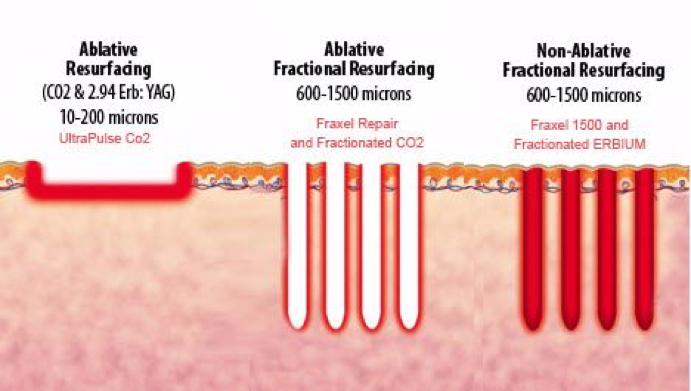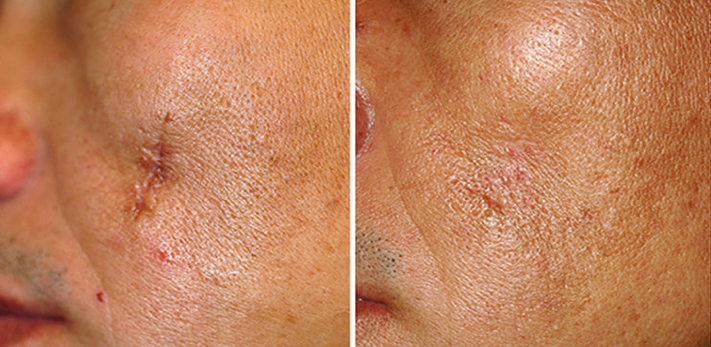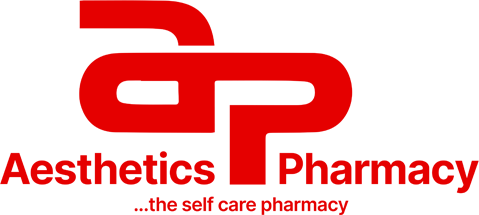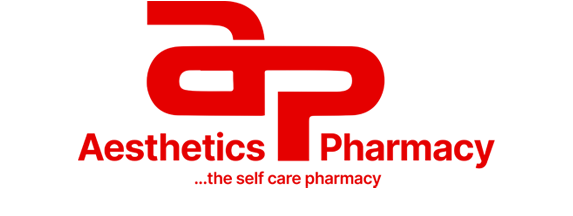What is Carbon dioxide (CO2) Laser?
The CO2 laser is a non- surgical technology used in skin resurfacing. It consists of the Fractional CO2 and Ablative CO2 laser resurfacing technology.
How does it work?
- The Fractional Carbon Dioxide (C02) Laser Resurfacing is a method of reducing wrinkles, scars and blemishes by using a laser with precise delivery of tiny concentrated beams of energy to treat discreet areas, with no damage to the surrounding skin. It removes the outermost layer of the skin in a fractionated method (columns of skin are removed, leaving the skin surrounding each column intact to aid in healing). This offers the skin a chance to regenerate into a glowing, unblemished surface. Laser resurfacing also stimulates collagen growth underneath the skin and with increased collagen; wrinkles are filled in, reducing their appearance to give more youthful and smoother skin.
- The Ablative Carbon Dioxide (CO2) Laser Resurfacing is a method of superficial skin rejuvenation whereby a laser is used to deliver beams of energy in a non-fractionated manner (does not spare portions of healthy skin) to remove 100% of the skin surface that it treats. Because all skin treated is ablated, the healing time is typically slower with more down time and there is generally an increased risk of scarring and post inflammatory hyperpigmentation when compared to the Fractionated CO2 laser treatment. However, in expert hands, both fractionated and non-fractionated CO2 laser treatments can be used because each can achieve different effects depending on the desired results, treatment settings and technique.


In what situations do we use Fractional CO2 Laser?
In some cases, Laser treatment alone is enough to produce good results. In many cases however, laser treatment is needed alongside other procedures for appreciable improvement to be achieved. We can only tell what your particular situation will benefit from after a proper assessment at the clinic.
Cases in which the fractional CO2 laser is used as part of or the sole treatment modality are;
- Fine lines or wrinkles throughout the face, such as around the eyes, mouth or forehead
- Scarring: post acne, post-surgical scars, post chicken pox, Tribal marks, stretch marks etc.
- Sun damaged skin
- Skin resurfacing on other visible parts of the body, such as the hands.
In what situations do we use the Ablative C02 Laser?
- Warts
- Birthmarks
- Syringomas
- Sebaceous hyperplasia
- Trichoepitehliomas
- Other benign skin growths
One purpose of the laser skin resurfacing is a new growth of the outer layers of the skin so patients should expect some redness and a recovery period for the skin to heal. However, the fractional CO2 laser is not as tough on the skin compared to traditional full ablative methods of laser skin resurfacing so the recovery time is significantly shorter with faster results.
Typically, several treatments with 4 to 6 weekly intervals are required depending on the depth of acne scars, fine lines, wrinkles or spots being treated.
*CO2 laser should be used conservatively in skin of colour to minimize the risk of complications.
How do we prepare for and what do we expect during this procedure?
Just like every procedure that has the potential to cause inflammation, to reduce the chances of post procedure darkening especially in skin of color, we commence the use of sun protection and hypopigmenting creams 4 weeks prior. We cease intake of ginger, gingko biloba, garlic, ginseng, NSAIDS like ibuprofen, aspirin 2 weeks before procedure to reduce chances of bruising.
What do I expect after a typical fractional CO2 laser treatment?
After treatment, the damaged skin sloughs off to reveal a new layer that is tighter and will appear smoother than before. Lines are softened and sun damage diminished resulting in a more even skin tone. It’s important to be vigilant in proper skincare and sunscreen use to maintain the results achieved with the CO2 laser resurfacing treatment.
Does it have side effects?
This laser skin resurfacing procedure is generally safe when performed by trained medical personnel. However, side effects such as Redness, swelling and itching may occur. Rarely, Infection or abnormal healing, Dyschromia (Darkening or lightening of the skin) and scarring could occur.
C02 Laser skin resurfacing has been used to improve the texture of the scar in the above patient. Along with subcision and fillers to lift the scar.

